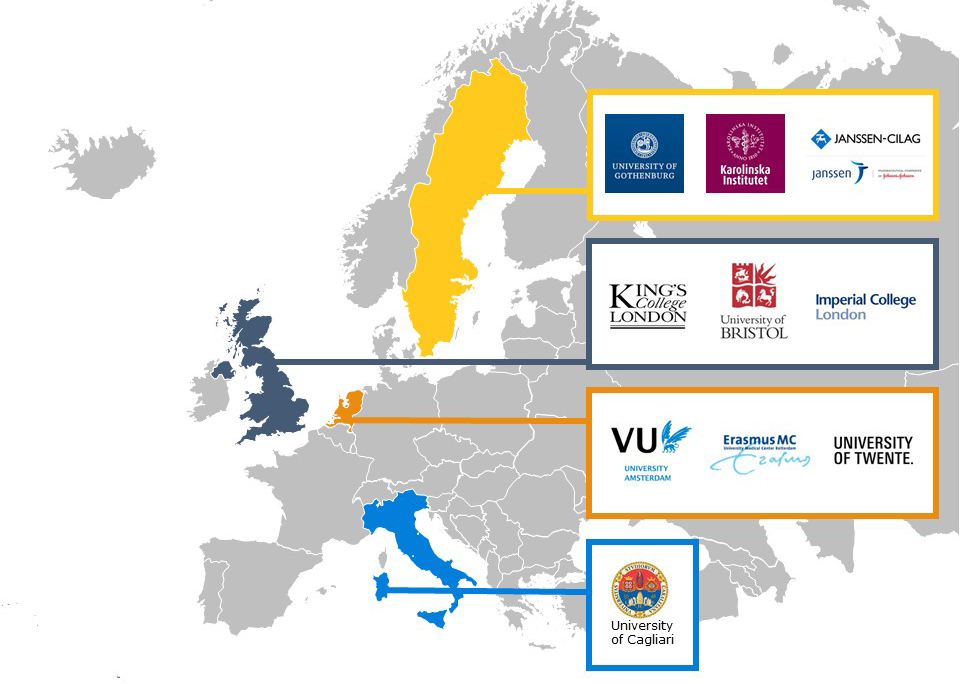Differences in cognitive characteristics in children and adolescents may in part be predicted by analysing the combined effect of tiny DNA differences across the population. By adding up these changes in DNA code it is possible to calculate so-called ‘polygenic scores’: an index reflecting the individual genetic predisposition to a particular trait (e.g. a certain behaviour).
The effect of single DNA variants on a given trait or characteristic are often extremely small and difficult to capture accurately. However, most behavioural characteristics share a substantial proportion of genetic variation; in other words, a proportion of DNA code underlies multiple human traits at the same time. This is known as genetic correlation, i.e. the degree to which shared genetic influences account for similarities between characteristics.
Genomic approaches taking into account various traits at the same time (‘multivariate’ or ‘multi-trait’ approaches) leverage genetic similarities between traits to more accurately estimate the effect of single genetic variants on a given trait of interest (e.g. intelligence). These can be employed to ultimately increase the predictive power of polygenic scores.
In this study we set out to investigate to what extent we can predict intelligence and educational achievement from measured DNA differences alone, in a representative sample of 7,026 children at age 12 and 16, based in the UK. Several new, state of the art, multi-trait genomic methods were compared to maximise prediction of polygenic scores.
Our results show that differences in genetic predisposition to educational attainment account for 10% of the individual variation in intelligence and for 16% in educational achievement. Findings also indicate that there are no notable differences between methods. This is very encouraging as, despite the differences between the methods and models used, they arrive at similar conclusions. This indicates that our prediction estimates are robust as they are generally stable across methods tested.
This study raises the bar once again, insofar as the methods we employed explain more variance in educational attainment and intelligence than has been detected elsewhere.
In our sample, individuals with the highest (top 10%) genetic predisposition for educational attainment did indeed go on to obtain GCSE (General Certificate of Secondary Education) results that are two grades higher than those with the lowest (bottom 10%) genetic predisposition (an average ‘A’ grade vs. an average ‘C’ grade). Likewise for intelligence, the average difference between individuals at the top and bottom of the genetic predisposition for educational attainment corresponded to 15 IQ points. As such, prediction of cognitive related characteristics from polygenic scores for educational attainment and intelligence is currently one of the most powerful in the behavioural sciences.
However, it is important to understand that these are ‘average’ differences, which means that many people with a low genetic predisposition to educational attainment will do very well in school, and vice versa. Therefore, these scores indicate a probability rather than a certain outcome. There are no policy implications at this point. However, these findings indicate that polygenic scores are likely to have increasing value in predictive models in the future.












